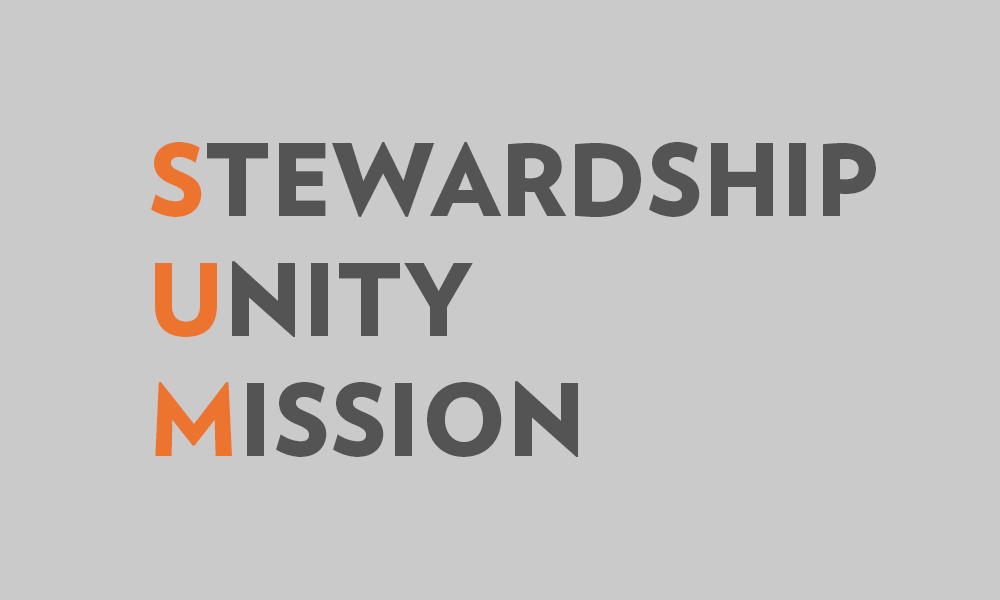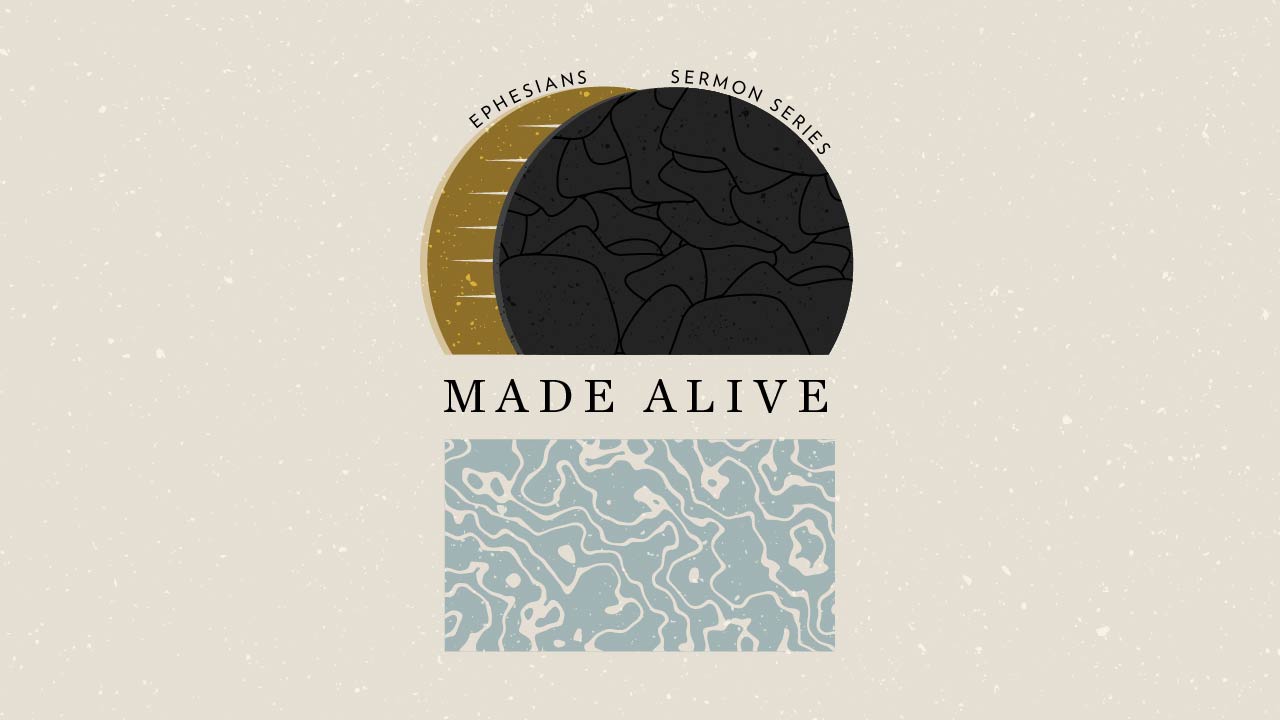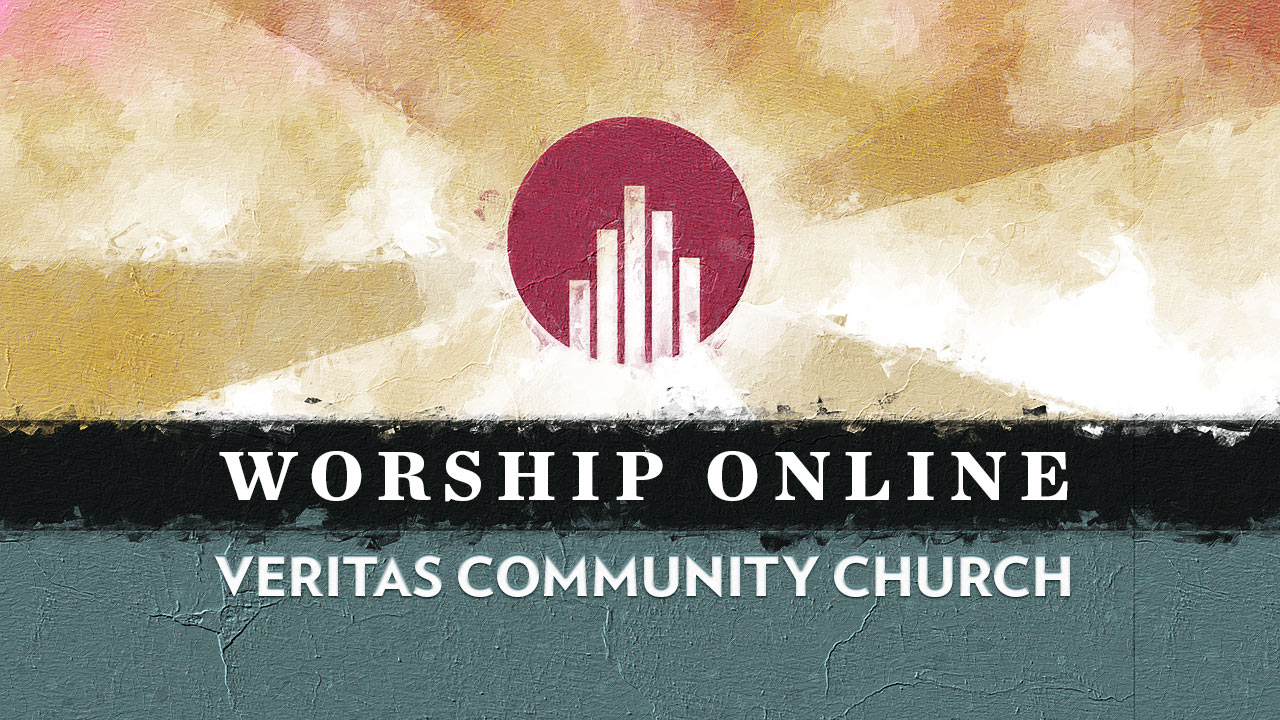Why Do We Plant Congregations? (S.U.M.)
While the elders of Veritas understand the complexities of a multi-congregational church we desire to move forward for three reasons, Stewardship, Unity and Mission or SUM.
Stewardship
Stewardship is about being entrusted with something and making wise use of it.
We have been entrusted with a big vision that impacts not only Columbus, but the entire region. The multi-congregation model is the best vehicle for us to steward this big, God-given vision of a church that is sociologically, economically, and culturally diverse enough to reach all kinds of people in the region. We picture a church that is equipped, and is equipping, to change the very fabric of the city and region.
We have been entrusted with a gifted people that God has brought together for such a time as this. The multi-congregation model allows us to best steward the gifts, talents, passions, and experiences of the people God has given us in order to meet the needs God has set before us. We have gifted leaders in songwriting, church planting, and preaching (for example) who are both local church pastors but also movement leaders whose skills can be utilized to have increased impact.
We have been entrusted with significant resources. The multi-congregation model allows us to steward not only people resources but our financial resources as well. We are able to both streamline costs and stretch every dollar by spreading our Church across the region.
We want to honor God by how we steward all that he has given us. Multi-congregation allows us to be the best stewards of these realities.
Unity
Jesus prayed for the unity of his church in John 17. A unified church is a reflection of the power of the gospel and is one of the fundamental goals of gospel ministry. Healthy church governance is about unity rooted in the gospel. At their core, churches need to be elder led, deacon served, and member empowered. In order to maintain the health of our church, we need the following:
We need strong leaders that are united together. Multi-congregation allows our pastors to be in community with one another. This includes sharing their lives together, collaborating on the mission with one another, and leveraging all of their experience and expertise for greater, more localized impact.
We need strong congregations that are united together. Multi-congregation model allows us to express greater depth and diversity of the body of Christ. This same desire for depth and diversity is seen in city movements and denominations, but we believe that multi-congregation is a beautiful expression of this longing.
We need strong ministries that are united together. Multi-congregation allows us, across congregations, to share, collaborate and leverage our existing processes. In a multi-congregational model, launching a new congregation can be streamlined because training and systems are already in place. Years of painstaking study and growth through trial-and-error are bypassed.
Mission
We believe that multi-congregation allows us to have a better presence as a local mission. God did not speak to us from a distance but rather he drew near to us.
This is seen in proximity. We want our people to be excited about “going and telling” as opposed to saying “come and see.” The multi-congregation model allows us to have locations that are closer to where we live allows us to better represent the people to whom we are ministering.
This is seen in contextualization. Everything from the message on Sunday to the music needs to be adapted to the unique context and congregation that is present—this is called contextualization. Multi-congregation is the best way for us to manage the growth God is giving while still contextualizing our ministries.
This is seen in multiplication. The multi-congregation model allows us to best multiply the leaders and ministries of our church. Instead of having one music leader, we have three. Instead of having one preacher, we have three. This comes with all sorts of challenges, but we believe the opportunities and strengths of this model far outweigh the challenges.




Comments are closed.